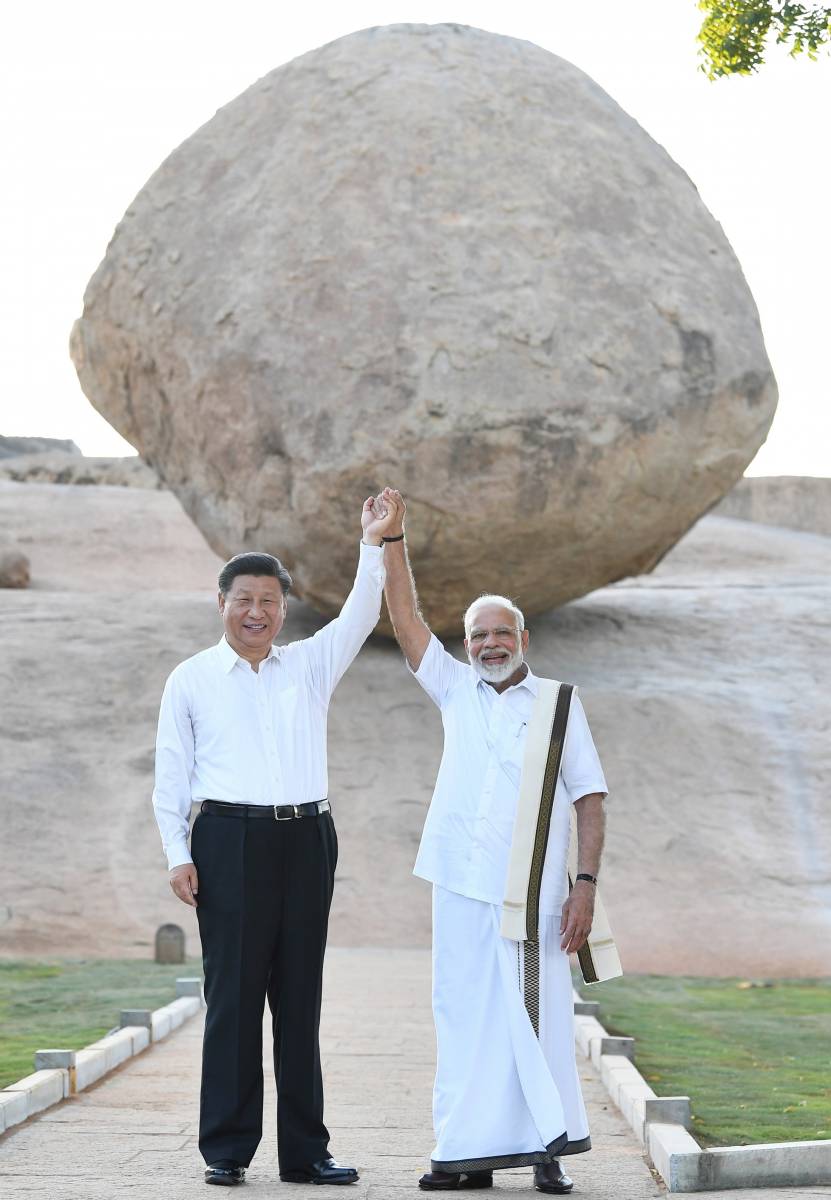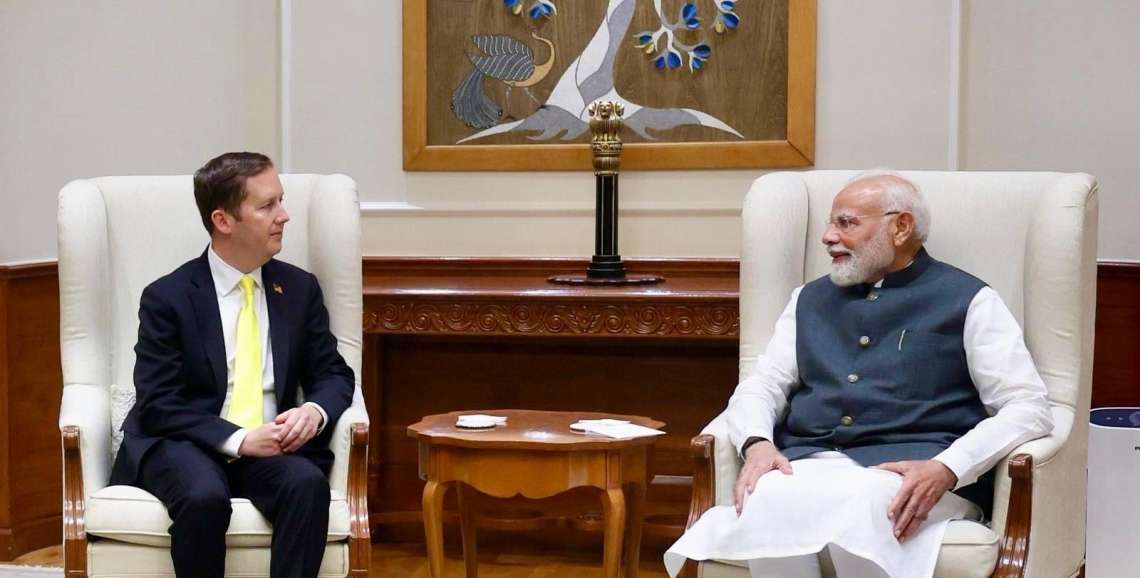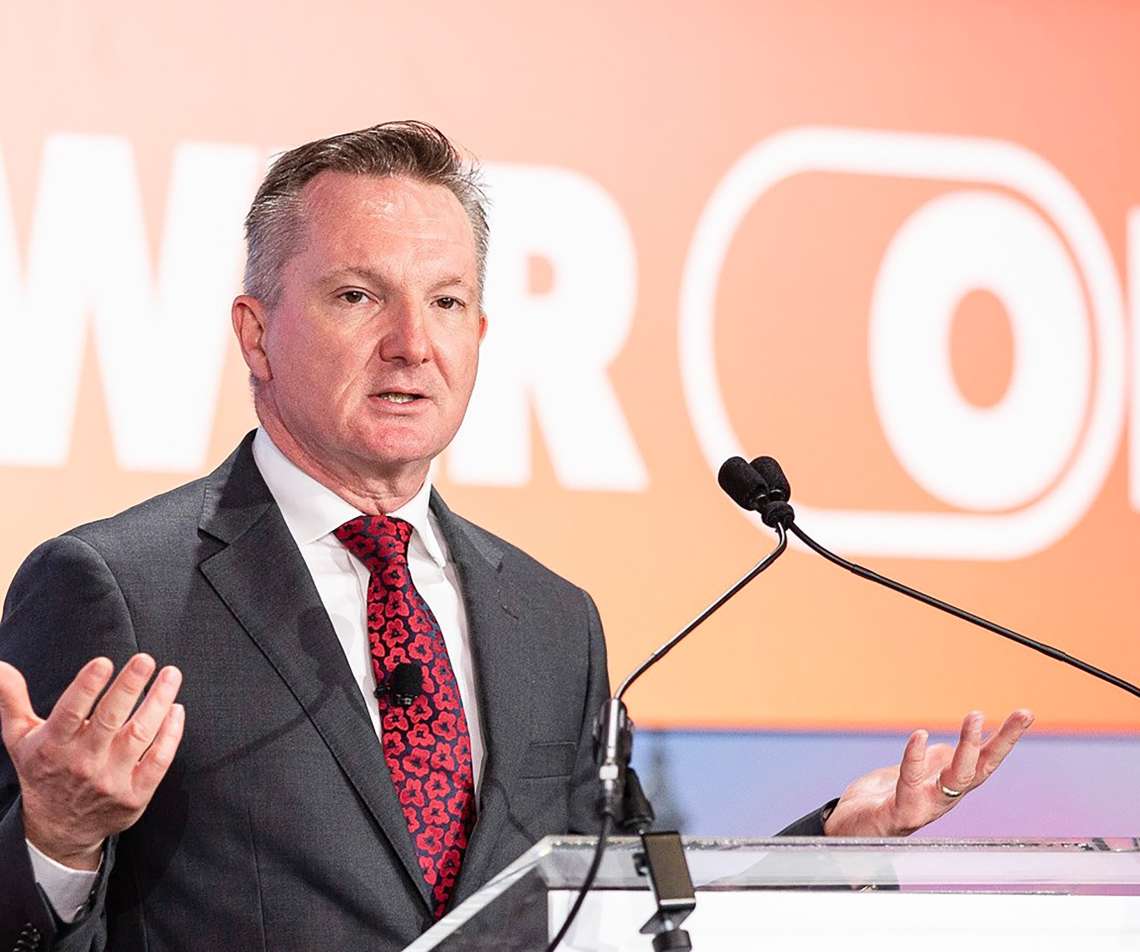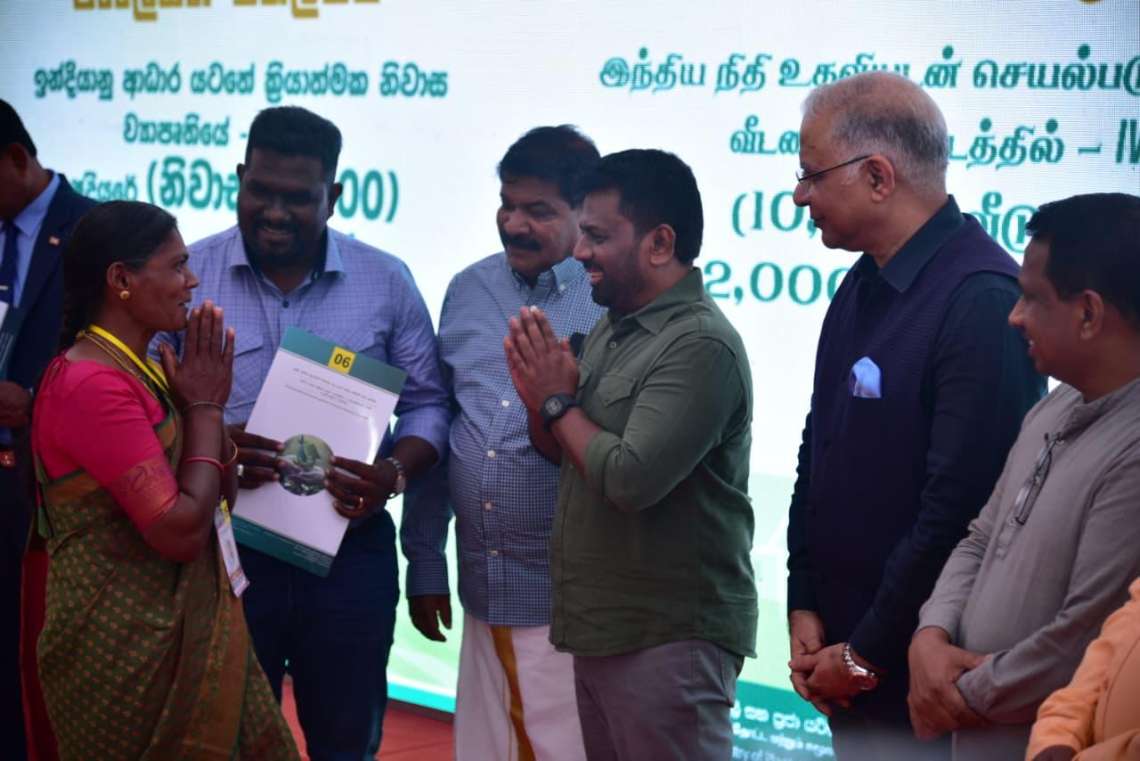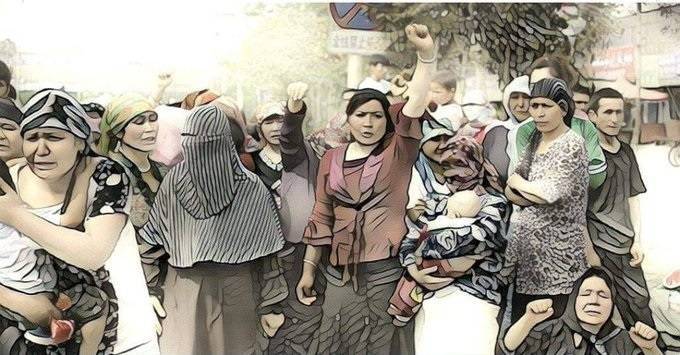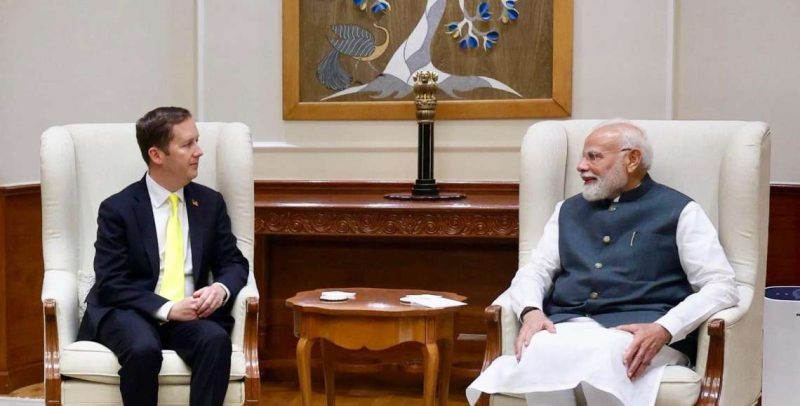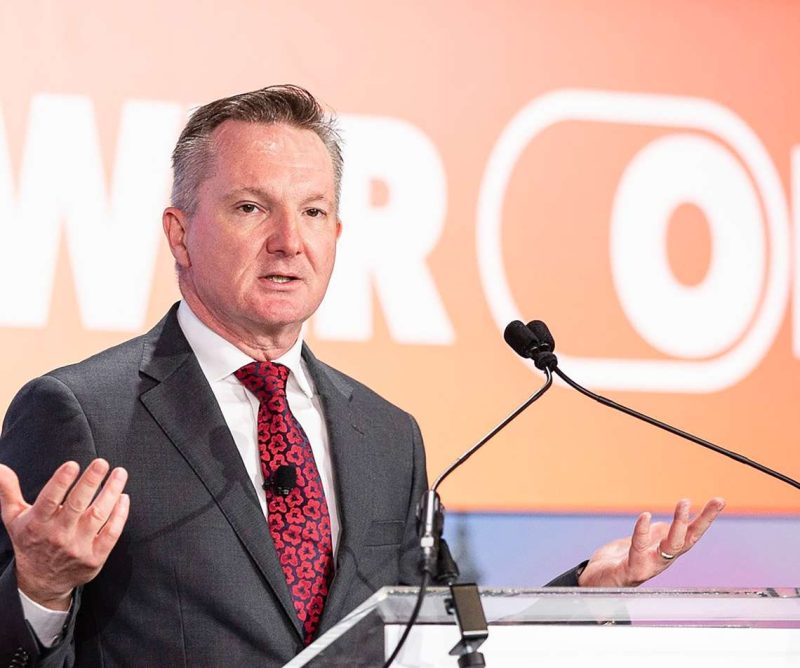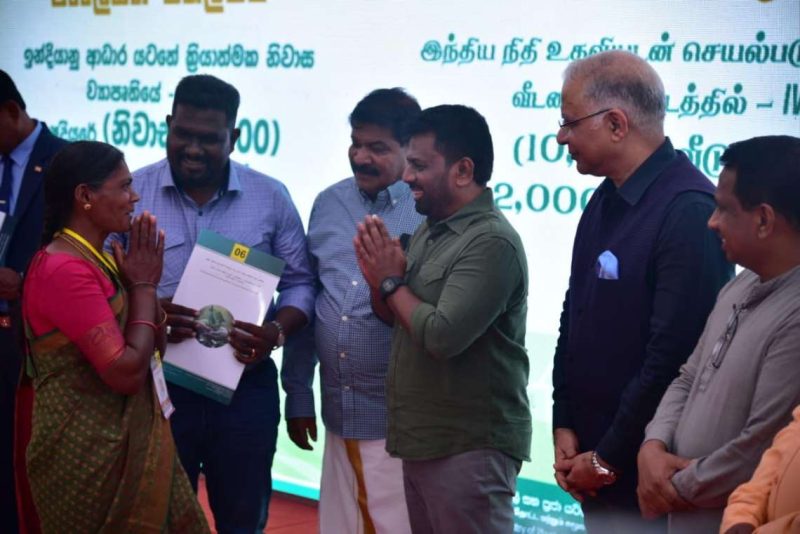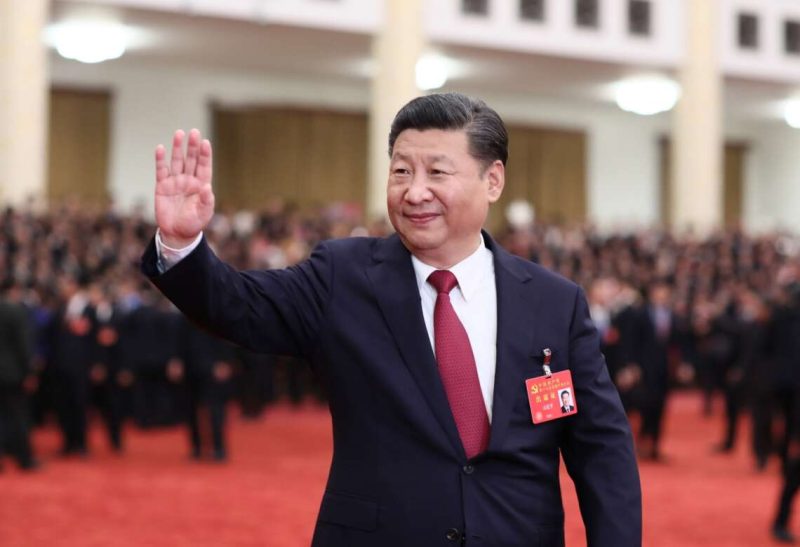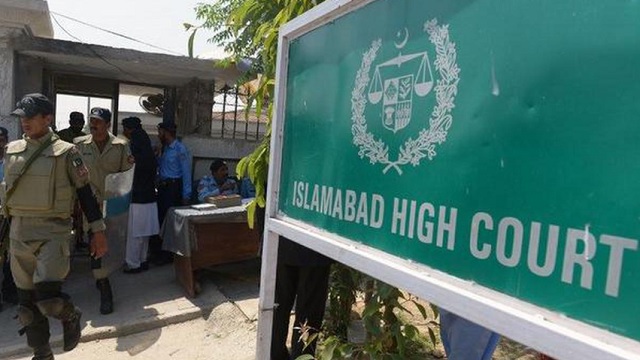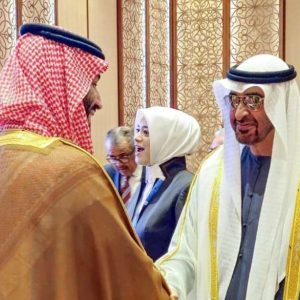The work initiated by Kissinger and Brzezinski was taken advantage of by China, and placed that country on the superpower path, writes Prof. Madhav Nalapat

The media savvy (to use extremely understated language) of Henry A. Kissinger has been responsible for his taking credit for the opening to China that took place as a consequence of the 21-28 February 1972 visit to China by US President Richard M. Nixon.
Ever since that visit, the “high-level source” (as Kissinger was described by fawning journalists delighted to have access to the cloistered world of the Nixon White House) spared no pains in privately briefing credulous admirers in the US media that the idea for the opening to Beijing came from him as the National Security Advisor to President Nixon.
Some of the recitals were about the monumental struggles that he had to go through before finally succeeding in persuading the “prejudiced” Nixon about the soundness of the idea of using the PRC to further weaken the USSR through the “thousand cuts” that they were able and willing to inflict, of course at the same time pleading their desire for undying friendship to the Kremlin. In fact, it had been Nixon who had come up with the idea, with some asserting that the origins were in a friendship that the politician who was shy in private life somehow entered into with a Chinese lady from Hong Kong. It is not improbable that the lady (in case this particular anecdote is true) was an agent of the Communist Party of China.

From the time he made the enigmatic comment about wanting to “swim in the Mississippi” towards the close of the 1950s, Mao Zedong had come to the conclusion that the “revisionist” Communist Party leadership in Moscow was the principal foe, and if he could join hands with the US to defeat the USSR, that would leave only one deadly enemy to fight with than two.
The US could wait, the Soviet Union came first. It took more than a decade before a US administration finally decoded the intent of Beijing for a rapprochement with Washington. That was the Nixon White House, the lawful occupant of which until 1977 was felled in 1974 via a technicality, a fate sought to be repeated in the case of President Donald Trump, but which failed because of the superior survival instinct and street fighting skills of the New York dealmaker.
ALSO READ: New report exposes China’s role in stalling Covid probe
The persuasive Hong Kong resident may have succeeded in persuading Nixon of the wisdom of befriending China much before he was sworn in as President in 1969. Very soon into his tenure, feelers began getting received in Beijing from the most consequential residence in the world, the White House, that the individual who had made a career out of destroying (usually imaginary) Communist sympathisers in the US establishment was ready to work with them the way President Roosevelt did during the 1941-45 Japan-US conflict ignited by the bombing of Pearl Harbour.

They responded coyly but encouragingly, and soon Henry Kissinger (whose flattery of Nixon always to his face has been revealed in the Watergate tapes) was en route to Beijing, aware that unless he signed on to Nixon’s plan, he would be out of the White House. For Kissinger, changing his mind to promote his career was an easy choice, and the ground was prepared for President Nixon’s meeting with Chairman Mao. An event that shook the world in 1972, and whose after-effects have only increased across the years.
It was Deng Xiaoping who grasped the full potential for an entente cordiale between Beijing and Washington, and used the opportunity to create conditions from 1979 to ensure that the prime mover behind the growth of the US was China. It helped that the US President at the time was Jimmy Carter, whose National Security Advisor Zbigniew Brzezinski had inherited from his Catholic Polish ancestry a visceral hatred of the USSR, and focused almost obsessively on weakening the USSR. In the process Brzezinski ensured that Wahhabism began to be promoted by the US through its allies and friends at the expense of the moderate, modernising Muslim majority within the Ummah.

The anti-Shia instincts of the Wahhabis fuelled the growth of the Khomeini variant of the Shia segment of the Muslin population, though as a consequence of its concentration in Iran and the vastly smaller resources devoted to its nourishment as compared to Wahhabism (especially by Saudi Arabia until the rise to power of Crown Prince Mohammad bin Salman in 2017).
The US strategy of relying on Pashtun zealots as opposed to Pashtun moderates to battle the Soviet armies in Afghanistan led to a humiliating withdrawal, in the process created a threat far bigger than any posed by the condemnable USSR occupation of Afghanistan. The US strategy of building up China as a means of weakening the USSR helped in the success of the collapse of the world’s other superpower in 1992, and in the process, built up another superpower who is now a far bigger challenge to US interests than the USSR ever was.

There are no gold statues of Henry Kissinger and Zbigniew Brzezinski in any city in China, although there ought to be. The work initiated by them was taken advantage of by China, and placed that country on the superpower path. China used Cold War 1.0 (between the USSR and the US) to its full potential. As yet, India has yet to even acknowledge that Cold War 2.0 (between the US and the PRC) is not a slogan but a reality, much less take more than marginal advantage of that fact.
De-coupling of production platforms from China and the rising unity in matters of defence of Indo-Pacific powers such as Australia, Japan and the US have given India an opportunity to ensure double digit growth as well as security in a manner that may disappear unless taken fuller advantage of in time.
ALSO READ: Growing global tensions with China
ALSO READ: China operationalises biggest hydro project in seismic zone


